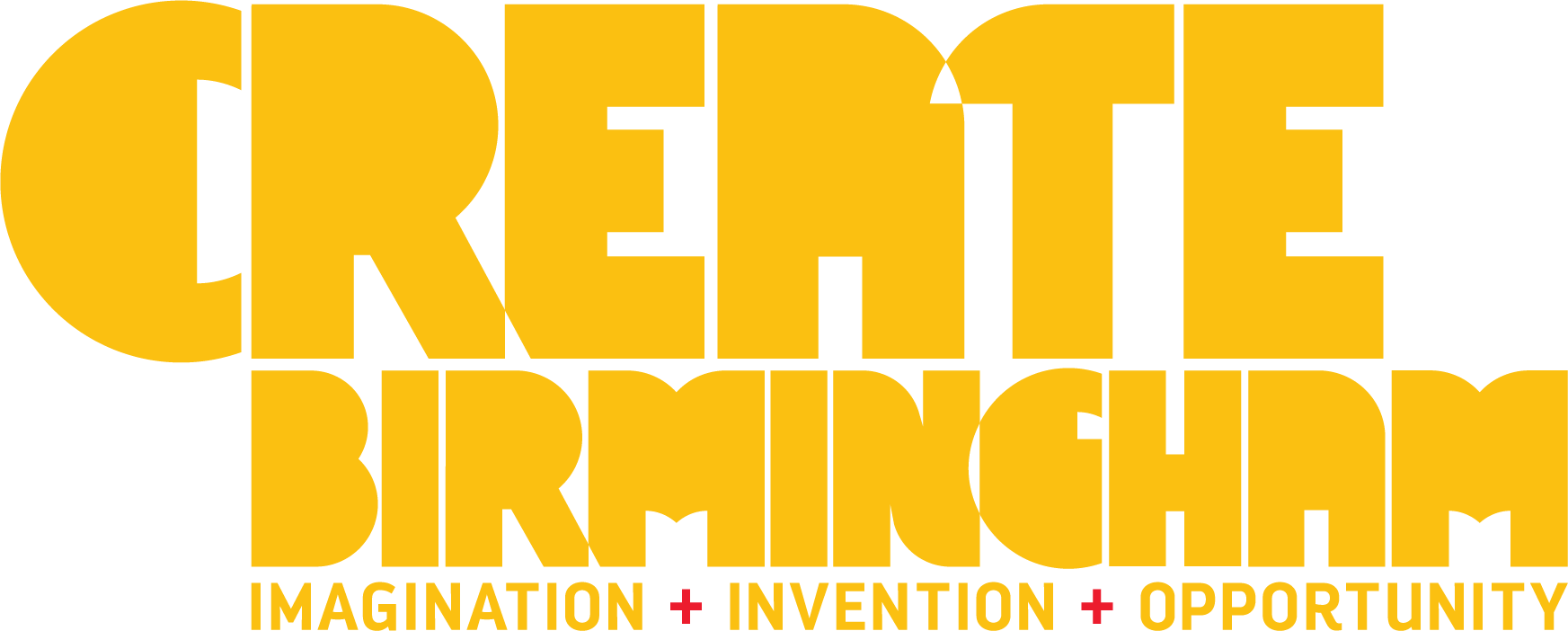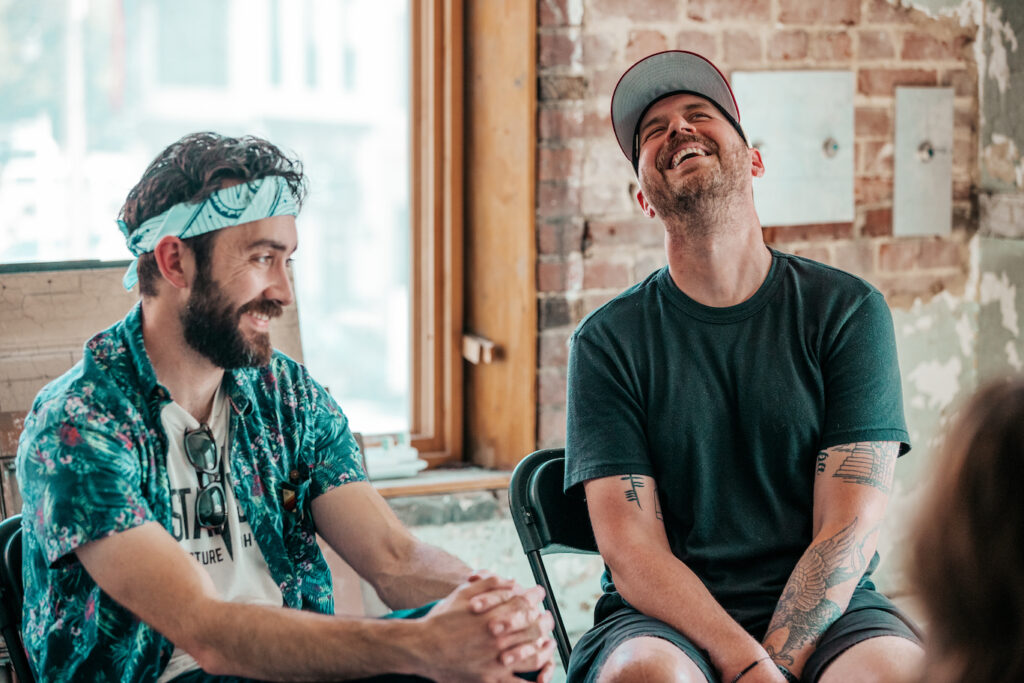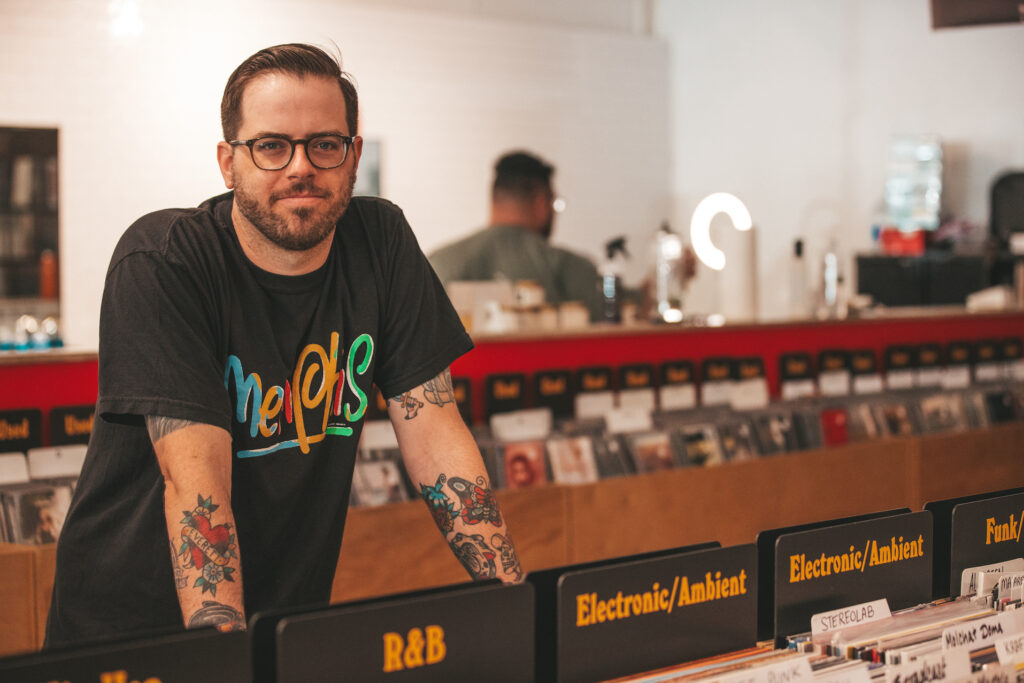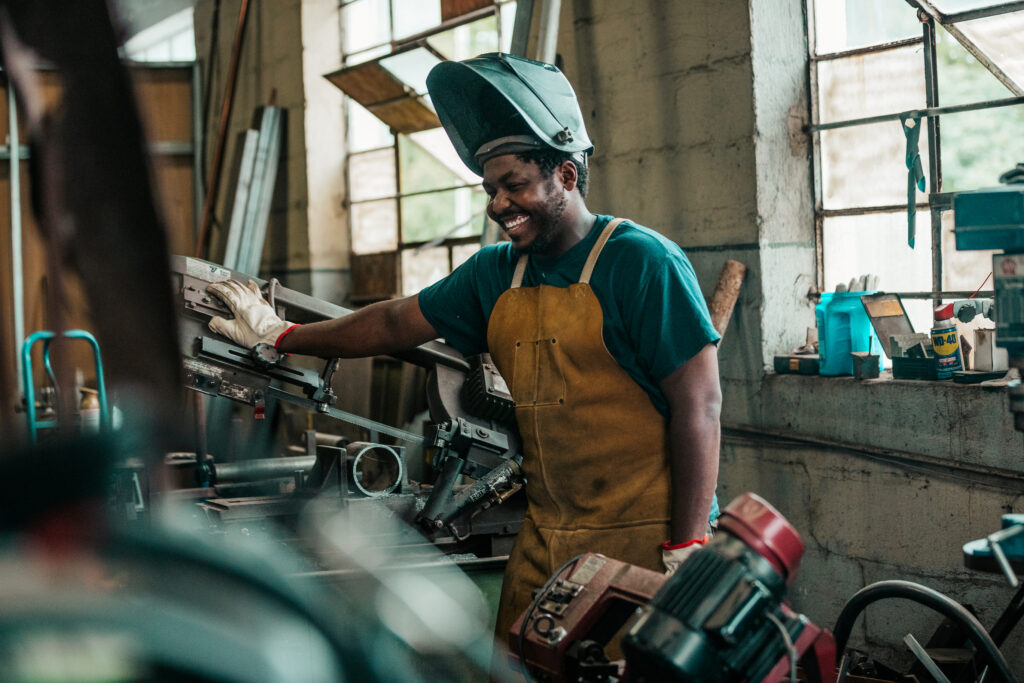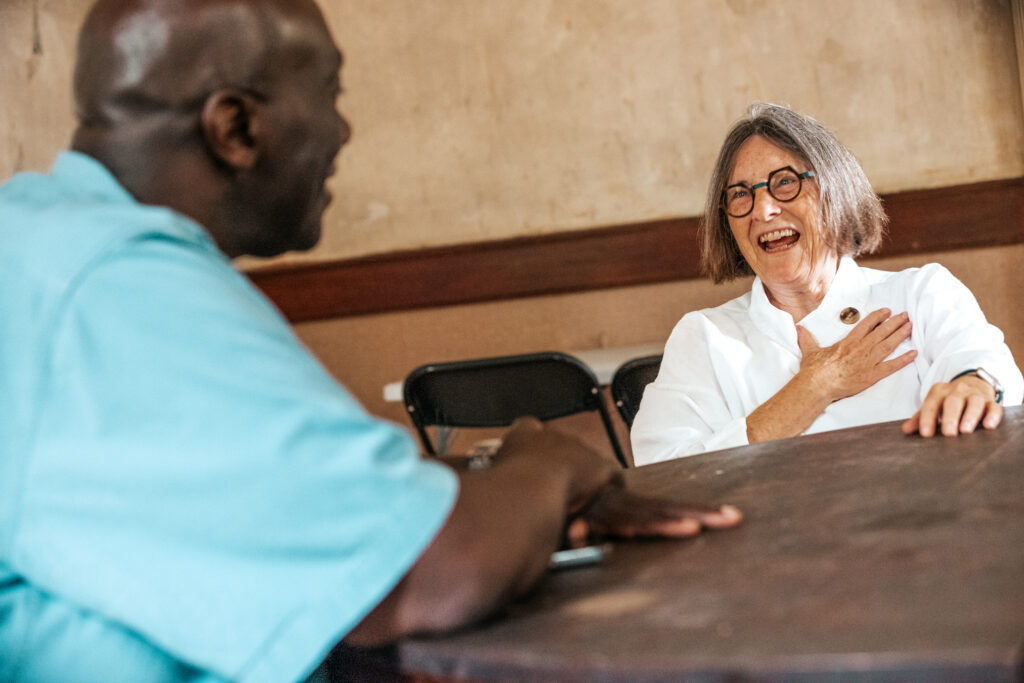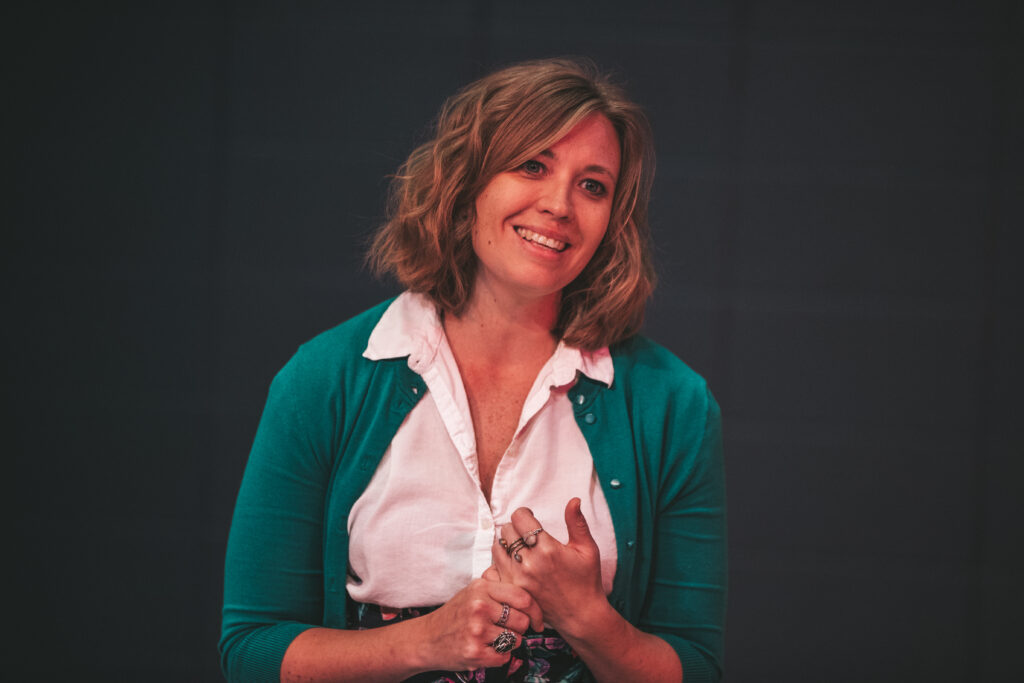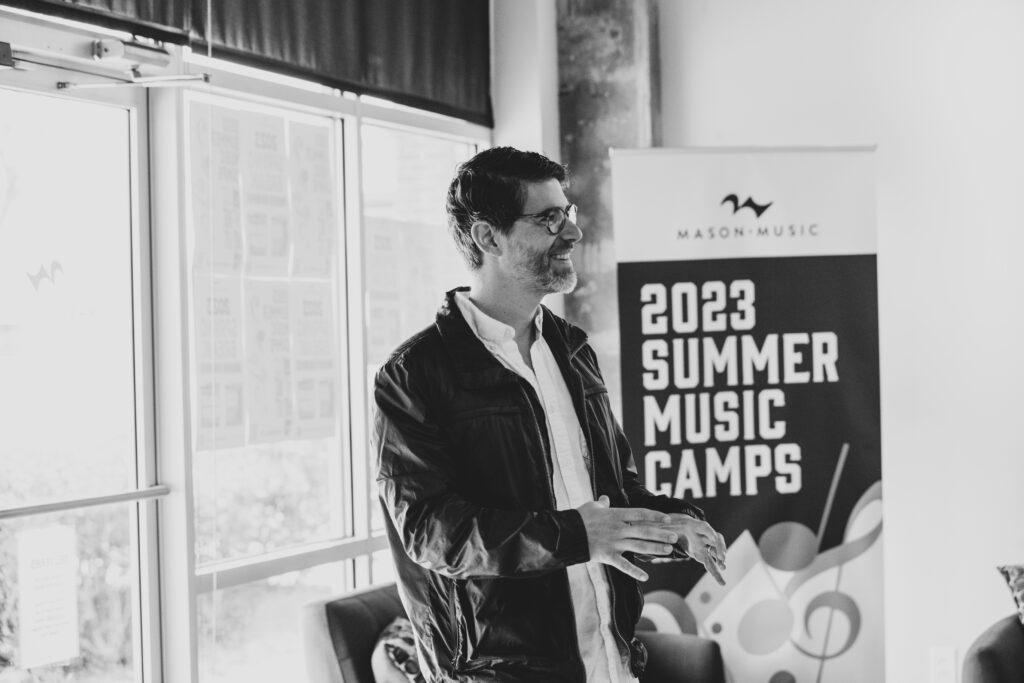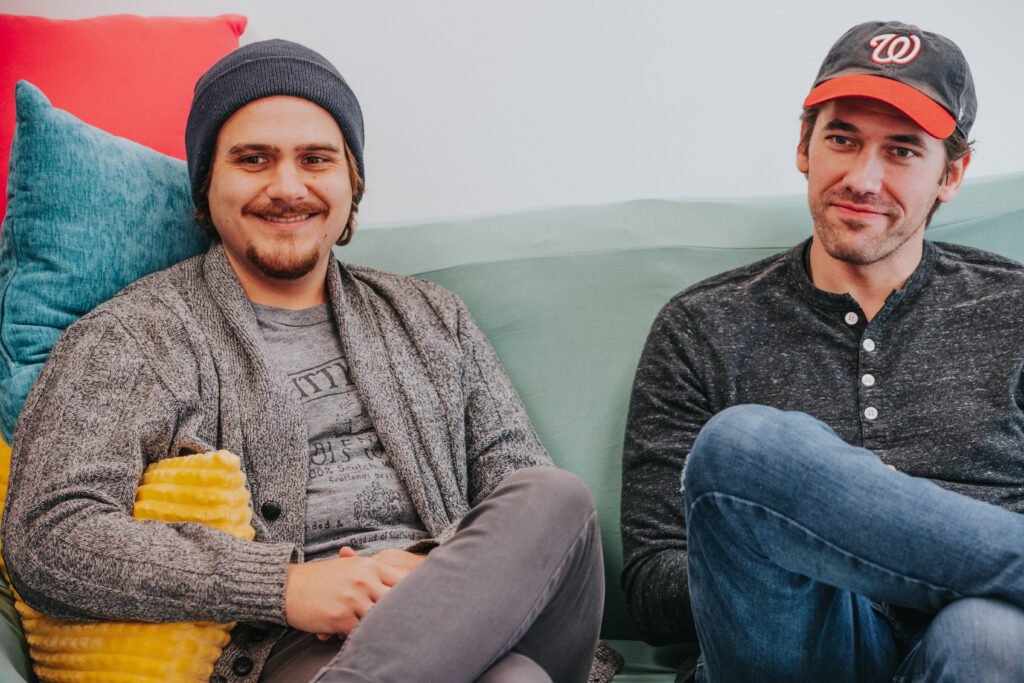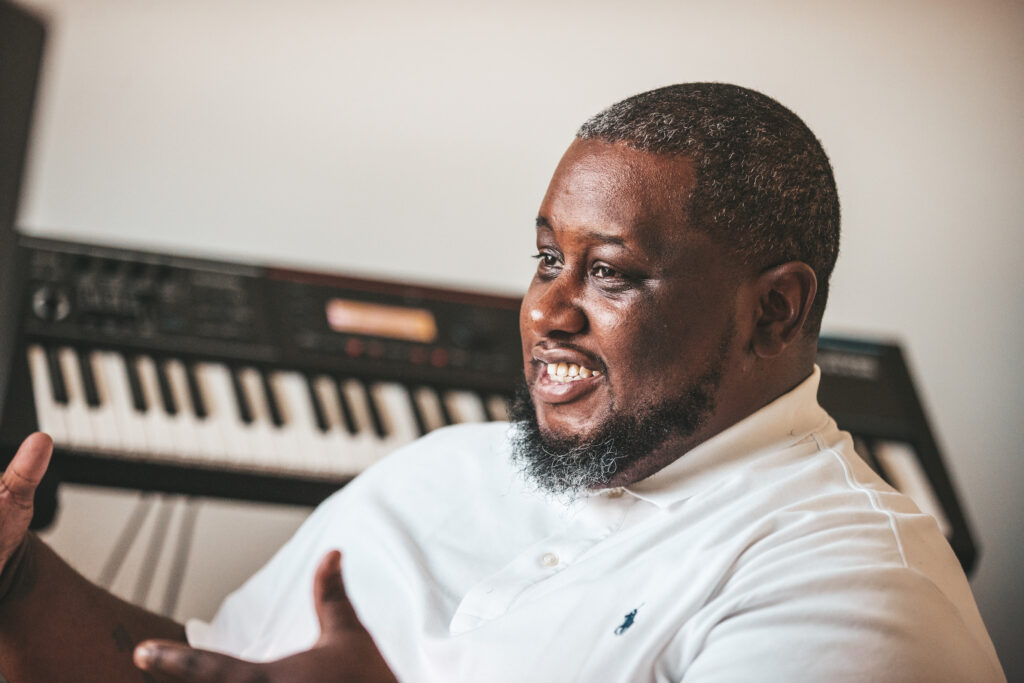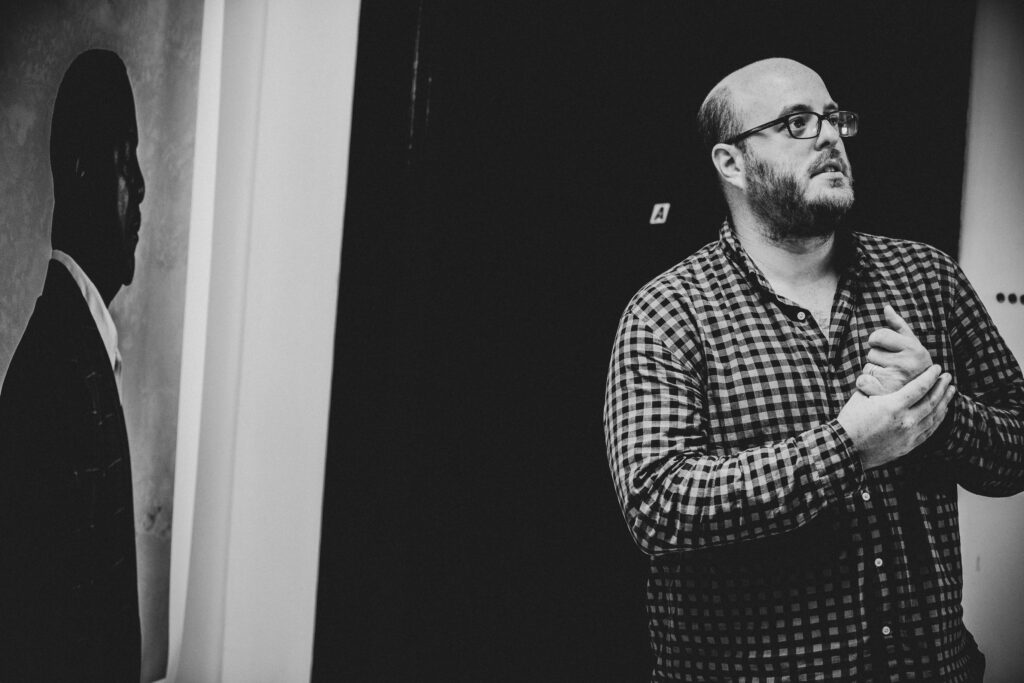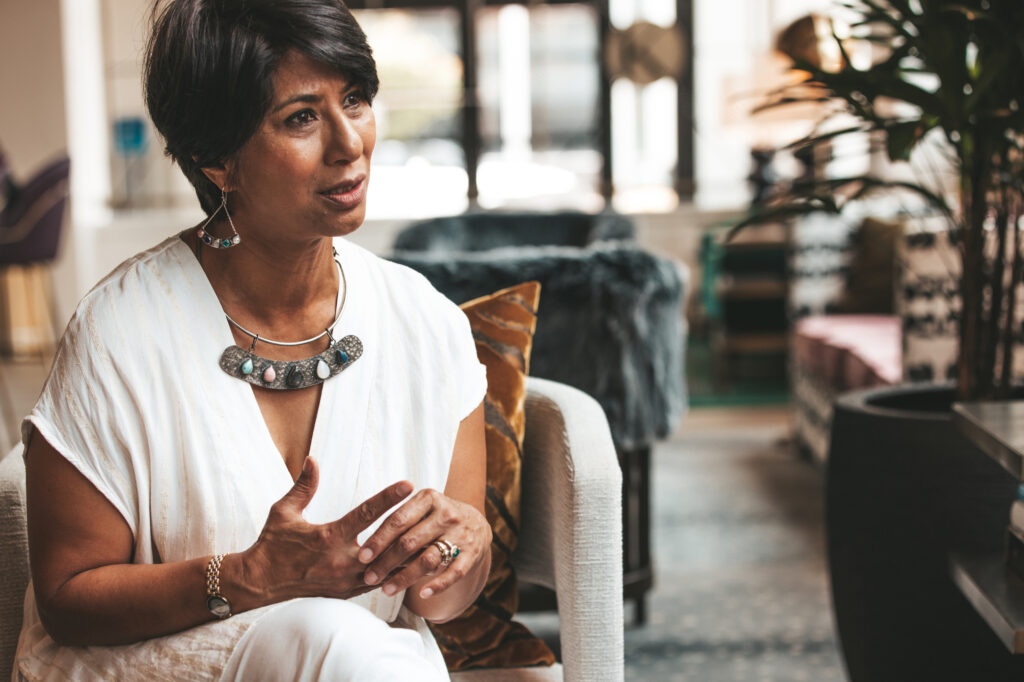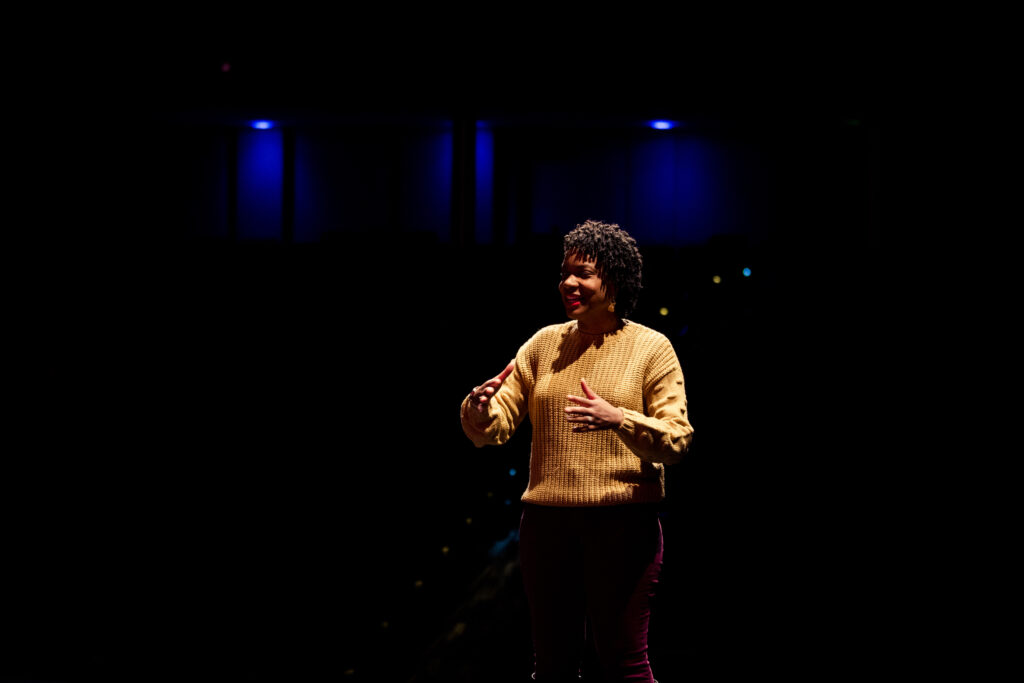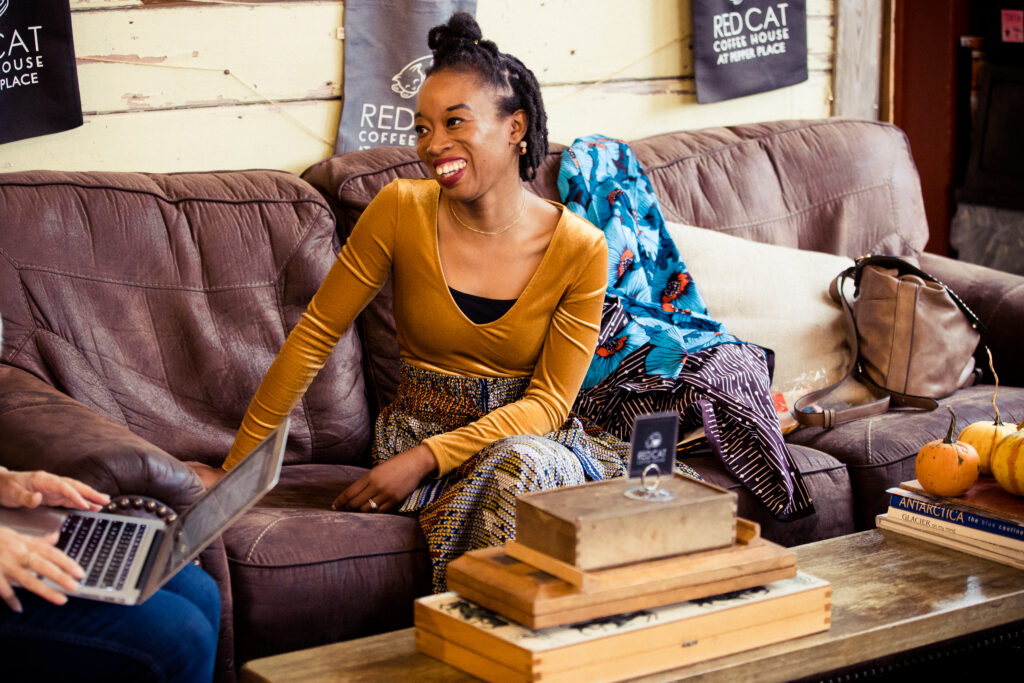 I think it was largely in part from my childhood. My dad has always worked in higher education and made us aware of our history. He focused on social justice and criminal justice reform. I actually never envisioned myself having a career in the arts until I took an art history class at the University of Alabama. I loved it and since then have been riveted by the context and history in artwork.
I think it was largely in part from my childhood. My dad has always worked in higher education and made us aware of our history. He focused on social justice and criminal justice reform. I actually never envisioned myself having a career in the arts until I took an art history class at the University of Alabama. I loved it and since then have been riveted by the context and history in artwork.
As much as I loved learning about the history and span of artwork, I was also interested in studying African American art – which was noticeably absent in much of the material we covered. I sought African American artists out in other courses and eventually made my way to a folk art class where I was introduced to quilting and textile artists.
 From there, I moved into museum curation, community art programming, arts advocacy, and eventually a Masters in Art History from Bowling Green University. In my thesis, I brought these areas of interest together, by focusing on artist LaShawnda Crowe Storm’s The Lynch Quilts Project, a community-based initiative that examines the history of racial violence in the United States through quilting.
From there, I moved into museum curation, community art programming, arts advocacy, and eventually a Masters in Art History from Bowling Green University. In my thesis, I brought these areas of interest together, by focusing on artist LaShawnda Crowe Storm’s The Lynch Quilts Project, a community-based initiative that examines the history of racial violence in the United States through quilting.
So, my interest in what we choose to memorialize and the way we memorialize it, through art, is how I got here – to the intersection of art and activism.
 Within the intersection of arts and activism, you have a very impressive scope of artistic talent that ranges from creative entrepreneurship to education and administration. Do you have one place in that spectrum that you love most? And if so, why?
Within the intersection of arts and activism, you have a very impressive scope of artistic talent that ranges from creative entrepreneurship to education and administration. Do you have one place in that spectrum that you love most? And if so, why?
Honestly, my creative interest jumps around more than I want, but if I had to name a few, I’d say that I love to paint. I’ve been painting fabric recently and really enjoy it. I also love developing my Elynn and Rose platform, which gives voice to amazing black female leaders.
I thrive in any place where I can share information and connect people with creative ideas.
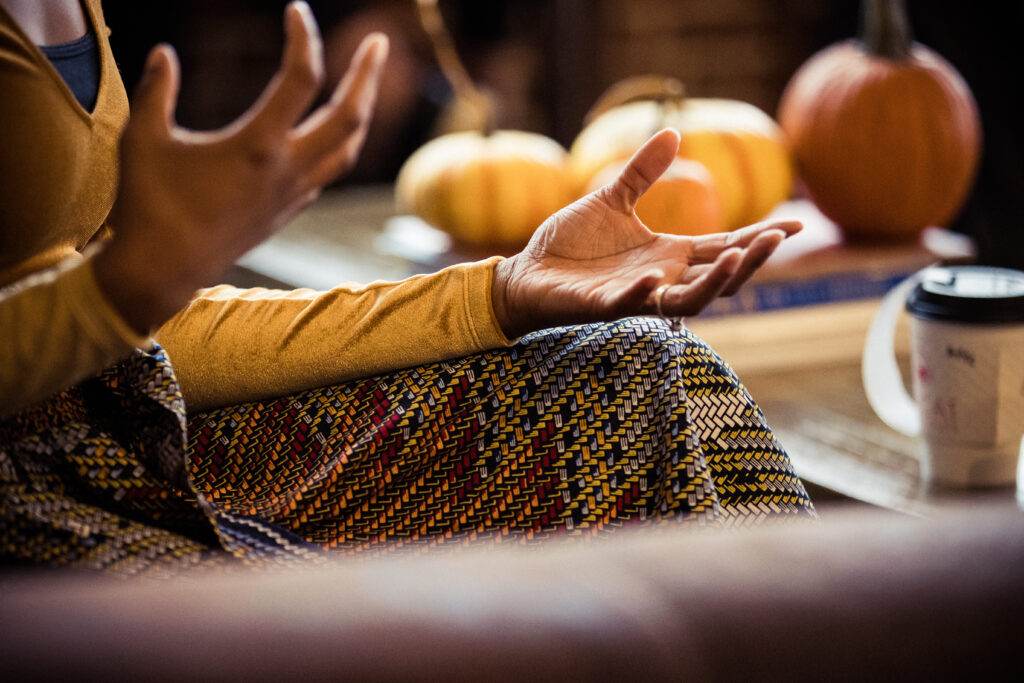
I actually joined as a member and would attend our weekly Tuesday sewing sessions. I’d moved back to Birmingham recently and had the opportunity to stay home with my firstborn daughter. Bib & Tucker was kind of like my reintroduction to the Birmingham arts community. After spending time as a member, I was able to join the team as the Program Manager. I’ve been here for four years and have grown from managing our previous space to managing programs that support and inspire our textile artist community. For example, before the pandemic, we were actually able to host LaShawnda Crowe Storm in Birmingham! I love our members and have learned so much from the community at Bib & Tucker.And you know what’s funny about my love of this sewing community…My mom sewed and I had zero interest as a child. But today, I find myself sewing on her machine and thriving in a sewing arts organization. Full circle.
 Given the unexpected survival of quilting from your mother’s generation to yours, in an increasingly digital world, do you think quilting and textile work will stay relevant?
Given the unexpected survival of quilting from your mother’s generation to yours, in an increasingly digital world, do you think quilting and textile work will stay relevant?
I believe it will stay relevant because people keep coming back to it. I’m inspired by our younger quilters. They’re connecting to quilting in new ways. Younger sewers are repurposing fabrics and connecting quilting with social justice reform. The sky’s the limit.
Also, quilts mark a place and time in something tangible. They link generations together and connect us in surprising ways. Textile art has the ability to break down barriers because you can see it and analyze it independently while embracing its warmth, humanity, and history.
What would people find most surprising about textiles and quilting?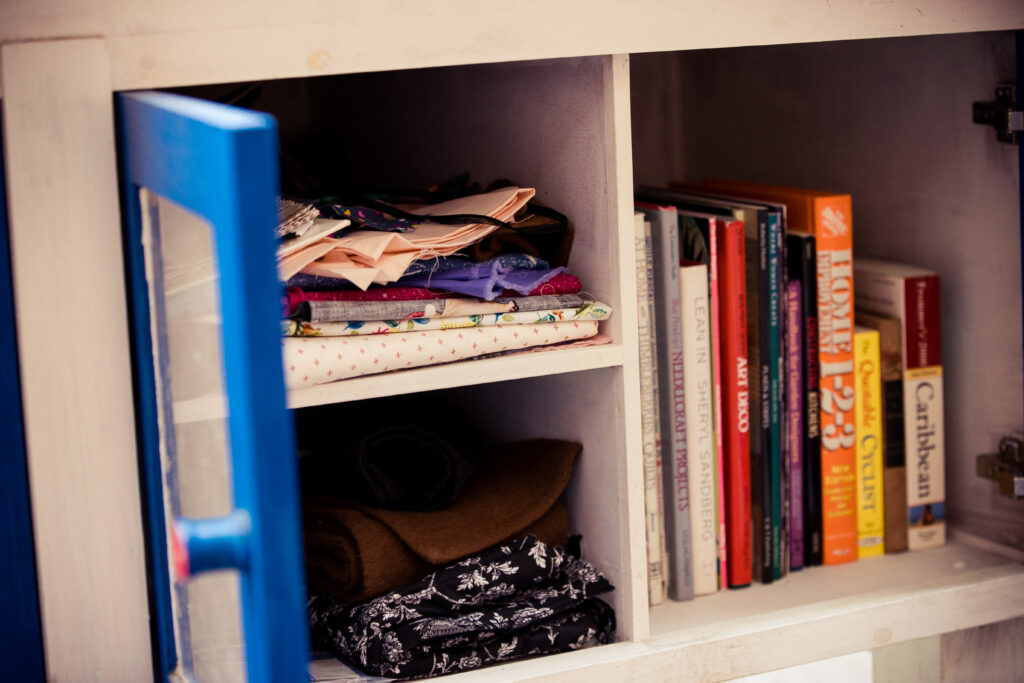
How much it takes to make a quilt! There is a disconnect between buying and making and people just don’t realize how many hours are poured into a quilt. You should always cherish a quilt. It’s truly a labor of love.
Yes! I think so too. Through each thread of your story, there is a consistent celebration of your ancestors and legacy. As a mother of two, what do you hope your girls will take from the chapter you are writing?
I hope they know they come from an incredible family and are always inspired to learn more about who they are. I would love for them to carry our family history forward, with full knowledge and celebration of individual family members. I want my work to give them knowledge and pride about who they are and where they come from.
In closing, what would you say to the next generation of creatives? What do you want them to know?
Keep going. If you have a passion for something, pursue it. Don’t let people tell you what you should or shouldn’t be doing. If you’re driven you can be successful. Artists and creators are needed.
Look for opportunities. Show up and ask questions. And remember, we want to help you. We want to connect with you. Stick with it!
